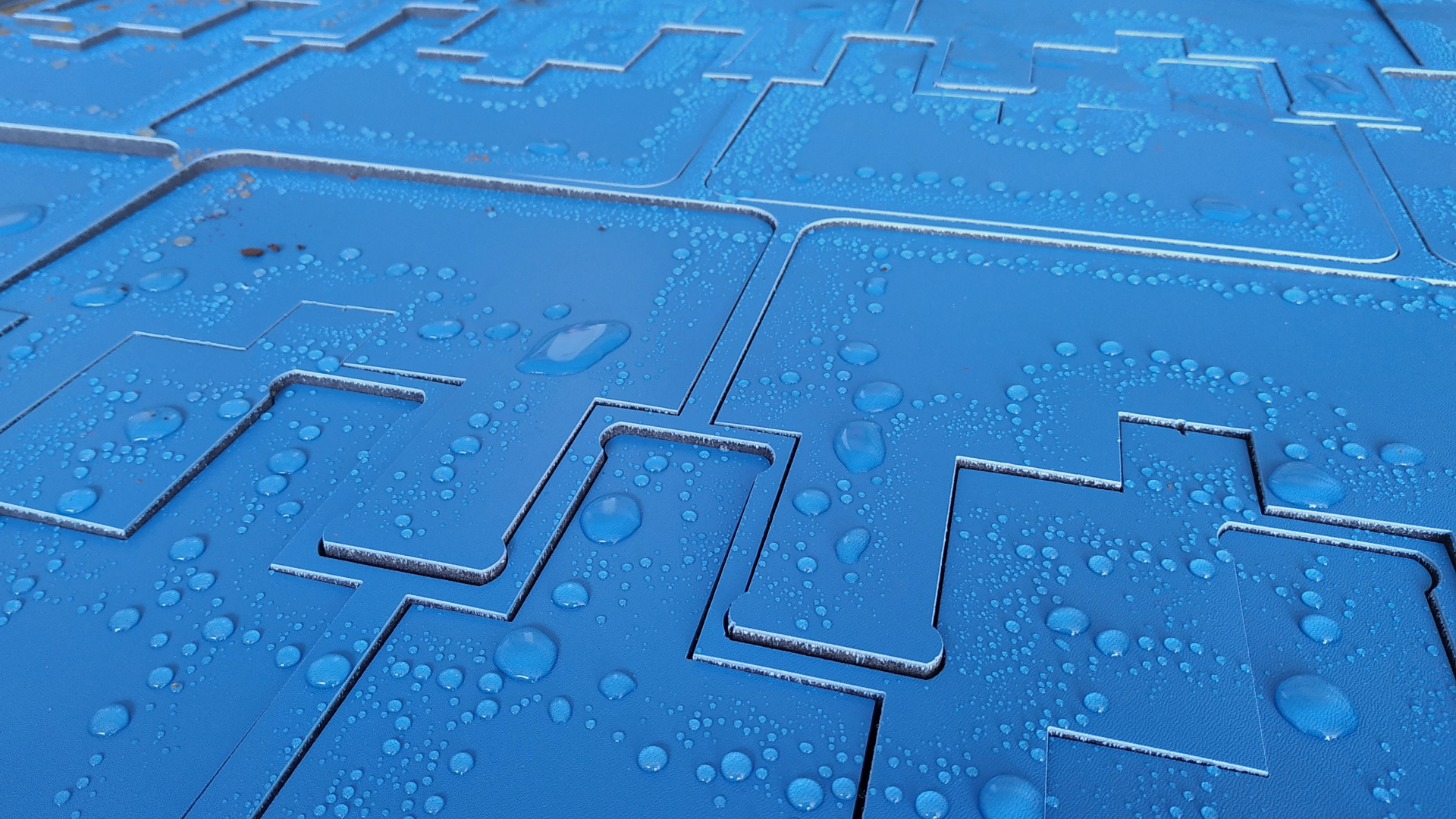
A Key to Optimizing Polymer Processing and Product Quality
When working with thermoplastic polymers, one of the most crucial metrics to consider is the Melt Flow Index (MFI), also known as Melt Flow Rate (MFR). This parameter plays a significant role in determining how easily a polymer flows when melted, directly impacting processing efficiency, material selection, and the final properties of plastic products.
What is Melt Flow Index?
Melt Flow Index (MFI) is a measure of the mass of a polymer that flows through a specified capillary under controlled temperature and pressure over 10 minutes. Typically expressed in grams per 10 minutes (g/10 min), MFI is measured using a melt flow indexer or extrusion plastometer. The process involves:
- Heating a polymer sample to a specific temperature.
- Applying a standard weight to force the melted polymer through a die.
- Measuring the extruded material over a 10-minute period.
The Importance of MFI in Polymer Processing
MFI serves as a vital tool in polymer processing for several reasons:
- Processability: MFI indicates how easily a polymer can be molded or extruded, influencing production speed and efficiency.
- Quality Control: Monitoring MFI helps ensure consistency in polymer production, aiding in the maintenance of product quality.
- Material Selection: MFI guides manufacturers in selecting appropriate polymers for specific applications and processes.
How MFI Relates to Polymer Properties
Understanding the relationship between MFI and polymer properties is essential for optimizing both the manufacturing process and the final product’s characteristics:
- Molecular Weight: MFI is inversely related to molecular weight. A lower MFI indicates a higher molecular weight, often correlating with better mechanical properties like strength and toughness.
- Viscosity: MFI is inversely proportional to viscosity. Polymers with a higher MFI flow more easily due to lower viscosity, making them easier to process.
Applications of MFI in Different Manufacturing Processes
Different manufacturing processes require specific MFI ranges to achieve optimal results:
- Blow Molding: Requires a low MFI (0.2 to 0.8) for controlled flow and material distribution.
- Extrusion: Typically requires an MFI around 1 to ensure a consistent and uniform output.
- Injection Molding: Higher MFI (10 to 30) is preferred for faster flow and better filling of complex molds.
Limitations of MFI
While MFI is an invaluable tool, it has its limitations:
- Single-Point Measurement: MFI represents a single point at low shear rates and may not account for complex flow behaviors.
- Not a Direct Measure of Viscosity or Molecular Weight: Though MFI provides insights, it should be used alongside other rheological measurements for a more comprehensive understanding.
Standards for MFI Testing
The most common standards for MFI testing include:
- ASTM D1238
- ISO 1133
These standards ensure consistency and reliability in MFI measurements across different laboratories and applications.
The Impact of MFI on Final Product Properties
MFI significantly influences the final properties of plastic products, making it a critical factor in manufacturing:
- Processing and Formability: Higher MFI materials flow more easily, allowing for faster production speeds and better filling of molds. However, lower MFI materials, being more viscous, may lead to incomplete filling or flow issues.
- Mechanical Properties: Lower MFI generally means higher molecular weight, resulting in better mechanical properties like strength and impact resistance. Conversely, higher MFI materials may have reduced mechanical strength but improved processability.
- Dimensional Stability: The flow characteristics indicated by MFI affect the dimensional stability of the finished product. Higher MFI materials may experience more shrinkage and warpage during cooling, while lower MFI materials maintain their shape better.
- Surface Finish: MFI can influence the surface quality of the final product. Higher MFI materials may produce smoother surfaces, though extremely high MFI can cause defects like flashing or sink marks.
- Heat and Chemical Resistance: Lower MFI materials, with higher molecular weight, typically exhibit better heat and chemical resistance. Higher MFI materials, however, may soften or deform at lower temperatures.
- Optical Properties: In transparent plastics, lower MFI materials may provide better clarity due to higher molecular orientation.
Stop the World, I’ll Melt with You
Understanding the Melt Flow Index (MFI) is crucial for polymer processors and manufacturers aiming to optimize production and ensure high-quality products. While MFI is an essential metric, it should be used in conjunction with other rheological measurements to gain a comprehensive understanding of polymer behavior and make informed decisions in material selection and processing.
By mastering MFI, manufacturers can tailor their processes to achieve the desired performance characteristics, leading to superior end products and more efficient production.
